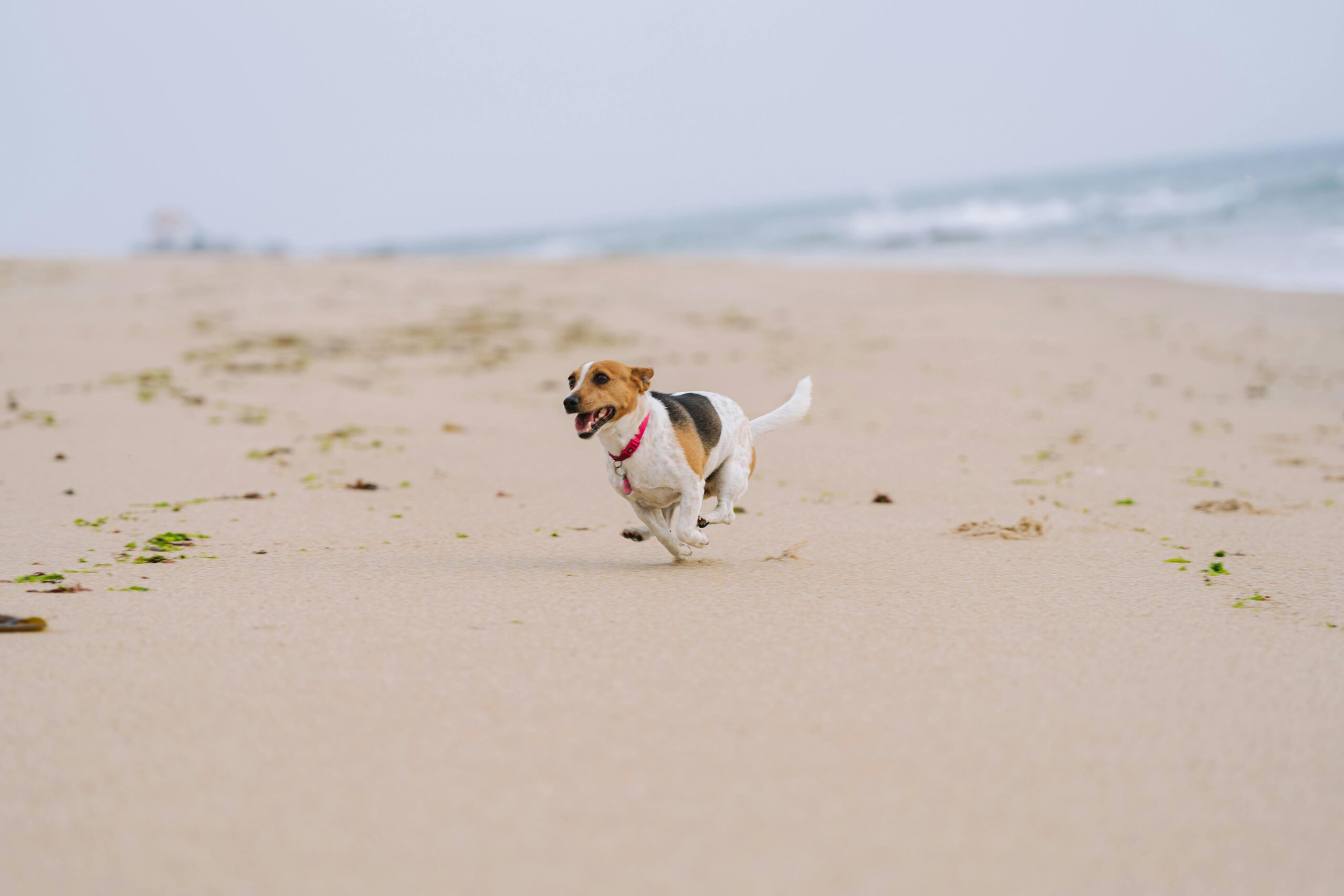Your cart is currently empty!

How to Teach a Dog to Come When Called
Posted by:
|
On:
|
Teaching your dog to come when called is one of the most important commands you can teach. Whether you’re starting with a playful puppy or an older dog, recall training helps ensure your dog’s safety and strengthens your bond. Here’s how to get your dog to reliably come when called.

Why Is the “Come” Command So Important?
The “come” command is essential for keeping your dog safe, especially in off-leash or distracting environments. When your dog reliably responds to your call, they can enjoy more freedom to explore while you stay confident in their safety. Additionally, teaching recall strengthens your dog’s trust in you, building a stronger relationship.
Step-by-Step Guide to Teaching Your Dog to Come When Called
- Start in a Quiet Space: Begin indoors or in a calm, low-distraction area, like your living room or backyard. Make sure your dog is focused on you before you start.
- Get Their Attention: Call your dog’s name in a happy, upbeat tone. You can also clap, whistle, or make a fun sound to grab their attention.
- Use Treats and Praise: As soon as your dog starts coming toward you, praise them enthusiastically. When they reach you, immediately reward them with treats and affection. Use high-value treats, like small bits of chicken or cheese, especially if your dog needs extra motivation.
- Add Extra Excitement: If you’re able to do so, try running backward or away from your dog a few steps. You don’t need to go far, but it will make your dog want to chase you. That instinct to chase adds just an extra touch of excitement to your training. If you aren’t able to do this, you can also try swinging a long toy, such as a tug, or simply moving your hand back a bit when your dog gets close.
- Add the Command: Once your dog consistently comes when you call their name, start adding the word “come” or “here” just as they begin moving toward you. Keep your tone positive and encouraging.
- Increase Distance Gradually: Slowly increase the distance between you and your dog as they become more reliable. Practice in different parts of your home, then move to more distracting environments like your yard or a park.
- Use a Long Leash for Safety: When you take recall training outdoors, use a long leash to prevent your dog from running off.
- Practice with Distractions: As your dog improves, introduce distractions like toys, other people, or new environments. Always reward your dog when they successfully come, even if they’re slower to respond at first.
- Be Consistent and Positive: Keep training sessions short (5-10 minutes) and end on a positive note. The more enjoyable you make the experience, the more your dog will want to come to you.
Common Mistakes to Avoid:
- Never Call to Punish: Don’t use the “come” command if you’re upset or if something negative will follow. If your dog associates “come” with being scolded or losing out on fun, they’ll hesitate to return in the future.
- Don’t Chase: If your dog doesn’t come right away, avoid chasing after them. This could turn it into a game. Instead, move away from your dog, clapping or calling excitedly to entice them to follow you.
- Avoid Repeating the Command: Don’t repeat “come” over and over if your dog isn’t responding. This dilutes the meaning of the command. Instead, refocus your dog’s attention and try again with more enthusiasm or higher-value treats.
What If Your Dog Won’t Come When Called?
If your dog struggles with recall, go back to basics by reducing distractions or shortening the distance between you and your dog. Use extra enticing treats, keep your tone happy, and keep practicing regularly. Some dogs may take longer to learn, so be patient! If you still encounter challenges, a professional trainer can offer guidance.
Final Thoughts
Teaching your dog to come when called is a valuable skill that takes patience and practice, but the benefits are well worth the effort. A reliable recall gives your dog more freedom while ensuring they stay safe and connected to you. Whether you’re training a young puppy or an adult dog, remember that positive reinforcement, consistency, and fun are the keys to success.
Happy training!

